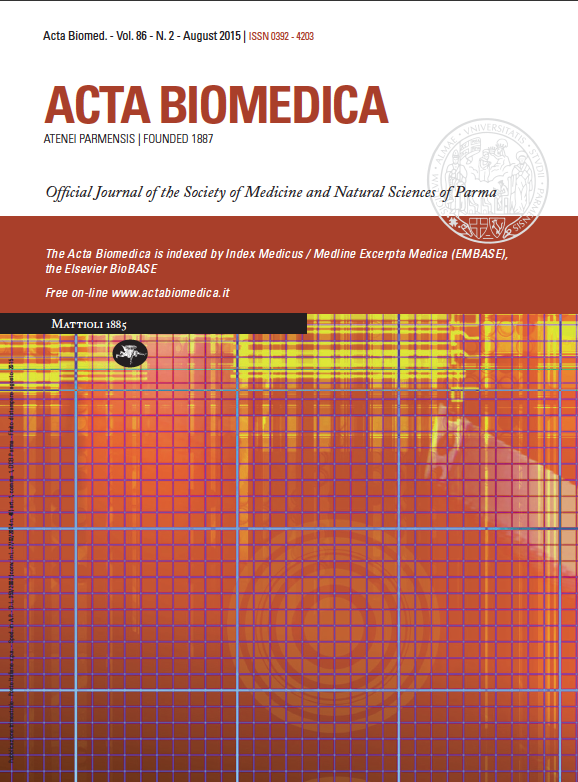In children with Hashimoto’s thyroiditis the evolution over time of thyroid status may differ according to the different presentation patterns
Keywords:
autoimmune thyroid diseases, Down syndrome, euthyroidism, hyperthyroidism, overt hypothy-roidism, subclinical hypothyroidism, Turner syndrome, thyroid function patternsAbstract
Aim: to report the salient literature news concerning the relationships between thyroid function presenting patterns and subsequent biochemical evolution of Hashimoto’s thyroiditis (HT) in pediatric age. Design: the most recent reports from pediatric literature concerning biochemical thyroid function patterns at HT presentation and their spontaneous changes over time were analyzed and shortly commented. Results: from the analysis of pediatric literature on this theme, it emerges that HT in children may present with a very heterogeneous biochemical picture ranging from overt hypothyroidism to overt hyperthyroidism. The presenting biochemical pattern may also condition its subsequent evolution over time. Conclusions: a) the most common biochemical pattern at HT diagnosis in children is euthyroidism, followed by overt hypothyroidism, subclinical hypothyroidism (SH) and hyperthyroidism; b) the association with HT negatively affects the evolution over time of SH; c) in the cases with either Turner syndrome or Down syndrome the evolution over time of SH is more severe than in those without these chromosomopathies.Downloads
Published
Issue
Section
License
This is an Open Access article distributed under the terms of the Creative Commons Attribution License (https://creativecommons.org/licenses/by-nc/4.0) which permits unrestricted use, distribution, and reproduction in any medium, provided the original work is properly cited.
Transfer of Copyright and Permission to Reproduce Parts of Published Papers.
Authors retain the copyright for their published work. No formal permission will be required to reproduce parts (tables or illustrations) of published papers, provided the source is quoted appropriately and reproduction has no commercial intent. Reproductions with commercial intent will require written permission and payment of royalties.



